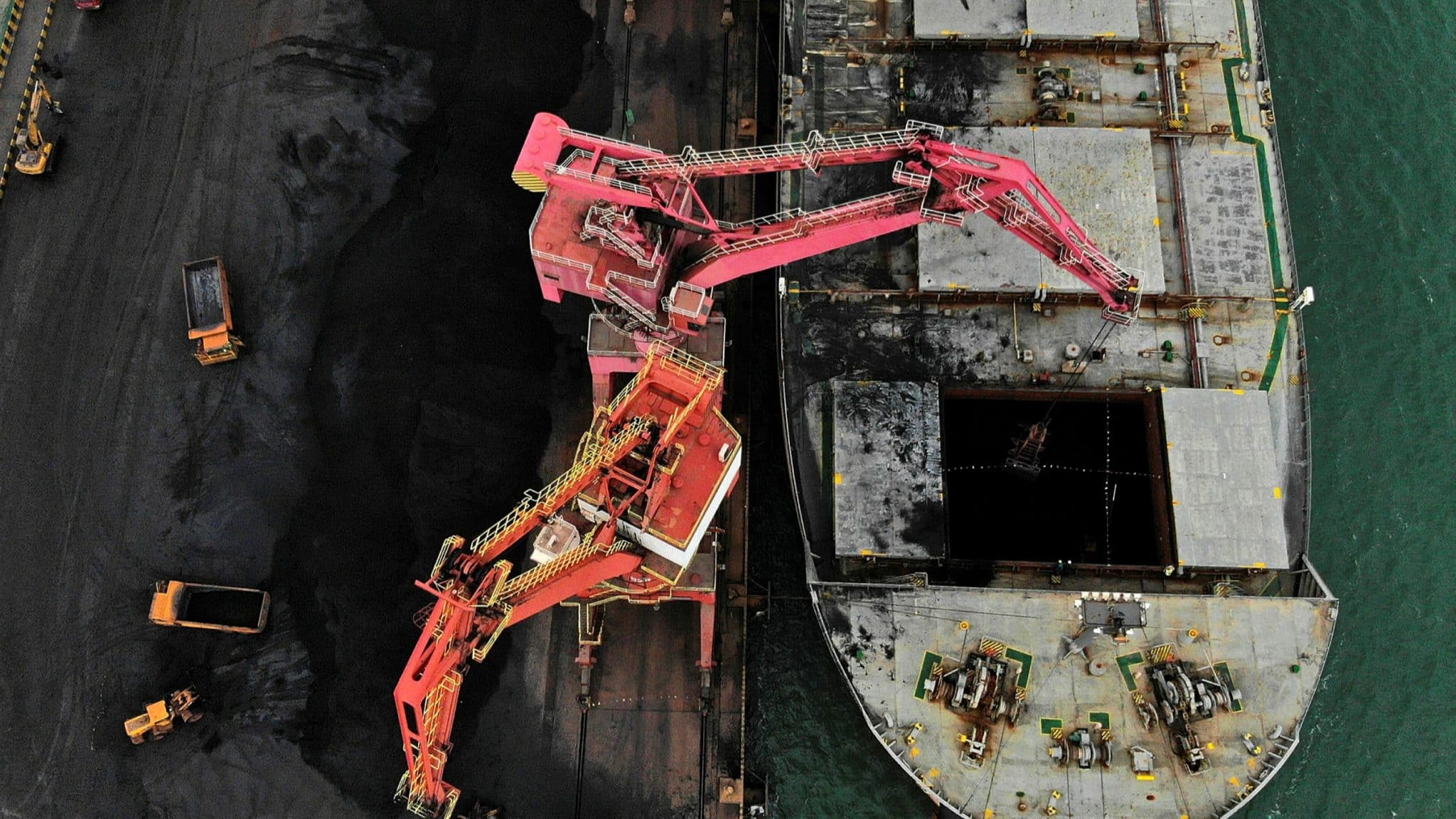China is experiencing its worst energy shortage since 2011. This information passed under the radar may well explain the sudden sacrifice of bitcoin miners.

More energy to mine bitcoin ?
It will not have escaped anyone that the Chinese Communist Party – celebrating its 100th anniversary this week – banned his minors. And given the recent drop in hashrate, it turns out that China was at least home to some 50 %. Little wonder when you know that the largest manufacturers of ASICs are Chinese. Bitmain, Canaan Creative and Ebon International control near 90% of the market.

So we speculated last weekend that it is no longer important for the CCP to no escape from its totalitarian social engineering system – of which social Credit and CBDC (e-CNY) will be the cornerstones – than to support bitcoin in order to dethrone the dollar.
But in the light of new information, today it appears that China simply could no longer afford to host half of the hashrate. This is suggested by the serious energy crisis in the country.
The worst crisis in a decade
Several provinces have been facing power shortages for several weeks, including Guangdong Province on which more than 10 % of national production and 1/4 of exports. This industrial lung has been rationing its electricity production for more than a month, forcing some companies to close several days of the week.
It is thought that this situation will last until the end of the year…
Almost 1/3 of the Chinese provinces are subject to the same restrictions, including the manufacturing hub of Zhejiang as well as the Yunnan, former stronghold of many BTC miners who benefited from hydroelectric power. Unanticipated droughts have depleted water reservoirs, leading to a decline in electricity production.
The decline in electricity production in Yunnan (the main metal-producing province) is such that it has led to a decline in the production of aluminum, which requires a lot of electrons in the manufacturing process. In another positive sign, China’s manufacturing PMI fell for the third consecutive month. The production sub-index even fell lowest since March 2020.
Some local authorities warn that rationing could last until the end of the year, suggesting that the country’s energy problems are far from an epiphenomena.

Economic war, heatwave and climate change
The arrival of Biden in the White House did not change anything about Uncle Sam’s foreign policy. The trade war continues and the Australian ally has interfered in the standoff. The tone has risen with Canberra so much so that Beijing has sharply reduced its coal imports.
This results in higher prices (+140% in one year) causing China’s coal-fired power plants to reduce production in the face of the government’s refusal to raise the price of electricity.
At the same time, demand is at its peak due to the high heat that causes over-consumption of air conditioners and refrigerators. Iran, which faces the same problem, has also banned bitcoin miners from operating for the next six months for fear of blackouts.
In addition, the President Xi Jinping committed to carbon neutrality by 2060. This decision naturally weighs on investments in coal energy production which is responsible for 60 % of the country’s electricity. China imports nearly 300 million tons of coal a year…
Finally, the International Energy Agency expects that China’s electricity demand in 2021 increases by 12% compared to the level of 2019… Demand is already up 20% year-to-date for South China.
Put another way, China had no choice but to relocate its BTC mining industry, whose 70 terawatt hours accounted for half the consumption of a city like Shanghai.
Journalist / Bitcoin, geopolitics, economy, energy, climate
DISCLAIMER
The comments and opinions expressed in this article are solely those of the author and should not be considered as investment advice. Do your own research before making any investment decisions.


